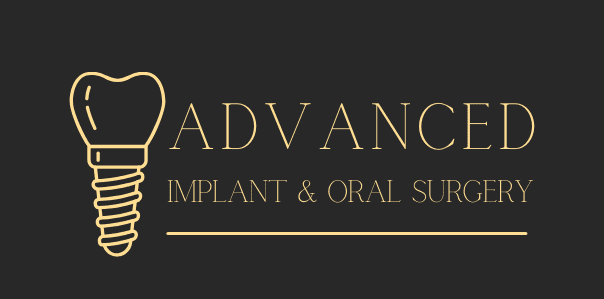If you lose one or more teeth, you could face a number of difficulties with the aesthetics, function, and health of your smile. Your dentist can help you find the ideal replacement for missing teeth, including implant dentistry. This treatment provides the most comprehensive restorative dental benefits in the wake of tooth loss.
You can feel more confident pursuing this treatment when you understand more about this fixed prosthetic device within your mouth. Each part of the appliance plays a crucial role in its function in replacing your lost teeth. Read on to learn details about the three components that form a dental implant.
Implanted Anchor
When you and your dentist determine you are a prime candidate for a dental implant, the first step in receiving this treatment is oral surgery. The dentist will insert the first part of the implant into the jaw during this point of the treatment: the titanium post anchor. The anchor serves as a foundation that will ultimately sustain the rest of the implant.
As you heal from the surgery, the anchor fuses with the surrounding jawbone, providing strong, permanent support. This can take several months to heal, so make sure you adhere to your dentist’s aftercare guidelines for optimal recovery. You can receive as many anchors as needed for your specific type of implant within this single procedure.
This treatment stands out compared to replaceable tooth replacement solutions because of this anchor. It allows the implant to replace missing tooth roots below the gumline for more dental preservation, specifically in the jaw. However, if a patient lost too much jawbone following tooth loss, they may need a bone graft to add structure in order to sustain an implant.
Abutment
The abutment refers to a small metal piece attached to the anchor of the dental implant that sits above the gumline. This serves as a connective device that ensures the dental prosthetic secures into place atop the anchor securely and comfortably.
This way, you can fully resume oral functions, like biting and chewing, without worrying that your implant will fall out of place. Removable dentures cannot guarantee this same confidence in avoiding slippage. Consult with your dentist to learn if you qualify for this fixed tooth replacement option.
Dental Prosthetics
The final component of your dental implant is the prosthetic teeth. You can choose from a crown, bridge, or full-arch denture to fully restore your smile according to your oral health goals. You receive the dental prosthetic once you finish healing from the anchor placement procedure and the fusion process completes.
The ceramic material of these prosthetics ensures a beautiful and natural-looking finish that will give you a white and even look that will last for about twenty years. They resist staining so that you can feel confident in your gorgeous smile. For optimal maintenance, continue good oral hygiene, which includes regular visits to your dentist’s office for exams and cleanings.
